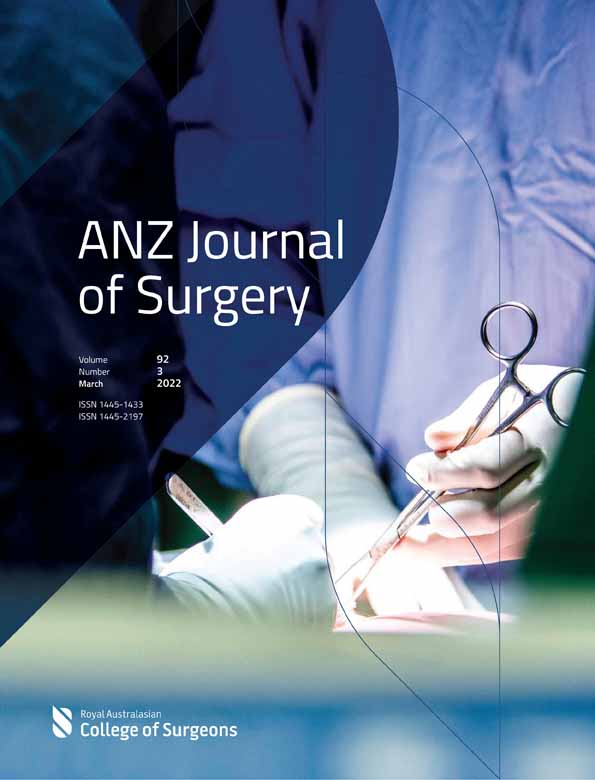Short-term efficacy and safety of TurboHawk atherectomy for in-stent restenosis in peripheral artery disease: a single-centre experience
Yi Qin and Yan Shi are co-first authors.
Abstract
Background
Information regarding the efficacy of the TurboHawk atherectomy for the treatment of in-stent restenosis (ISR) in patients with peripheral artery disease (PAD) of the lower extremity is scarce. This study was performed to investigate the curative efficacy and safety of the TurboHawk system for ISR in PAD patients over 60 years old.
Methods
The TurboHawk atherectomy device was used to treat ISR in 28 patients with PAD. The intraoperative, 2-day postoperative, 3-month, and 2-year follow-up data were obtained. Differences in the ankle-brachial index (ABI), Rutherford class and minimum diameter of the femoral-popliteal artery were analysed along with the correlations of the factors associated with patency.
Results
Twenty-six patients (92.86%) had successful surgeries. All patients reported alleviation of pain and intermittent claudication after surgery. One patient who had a malignant hepatoma and coronary heart disease received an amputation on the 76th postoperative day and another patient who had atrial fibrillation received a thrombectomy on the 40th postoperative day. TurboHawk atherectomy increased the ABI (from 0.30 to 0.70, P < 0.0001) and minimum diameter (from 0 to 4.93 mm, P < 0.0001) and reduced the Rutherford class (from 4.00 to 2.00, P < 0.0001). During the 3-month follow-up, the median minimum diameter, ABI, and Rutherford class were 4.12, 0.69, and 2.00, respectively. No death happened during the 3-month follow-up.
Conclusions
The TurboHawk atherectomy is a safe and effective technique for ISR in PAD patients over 60 years old.
Conflicts of interest
None declared.




